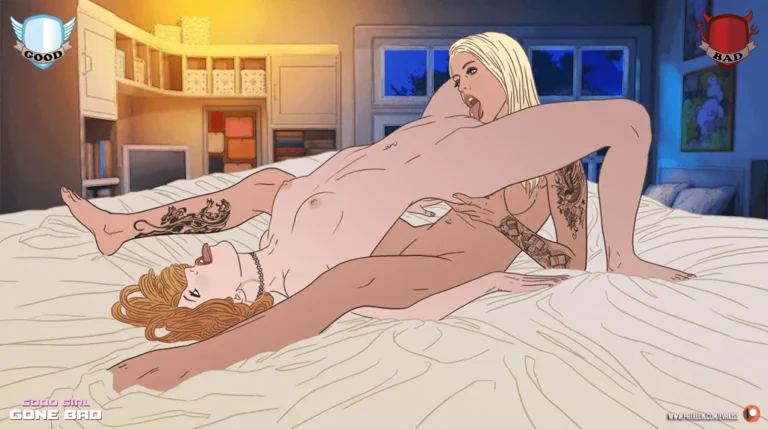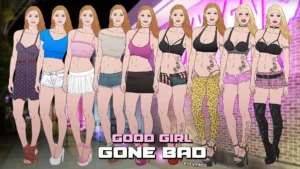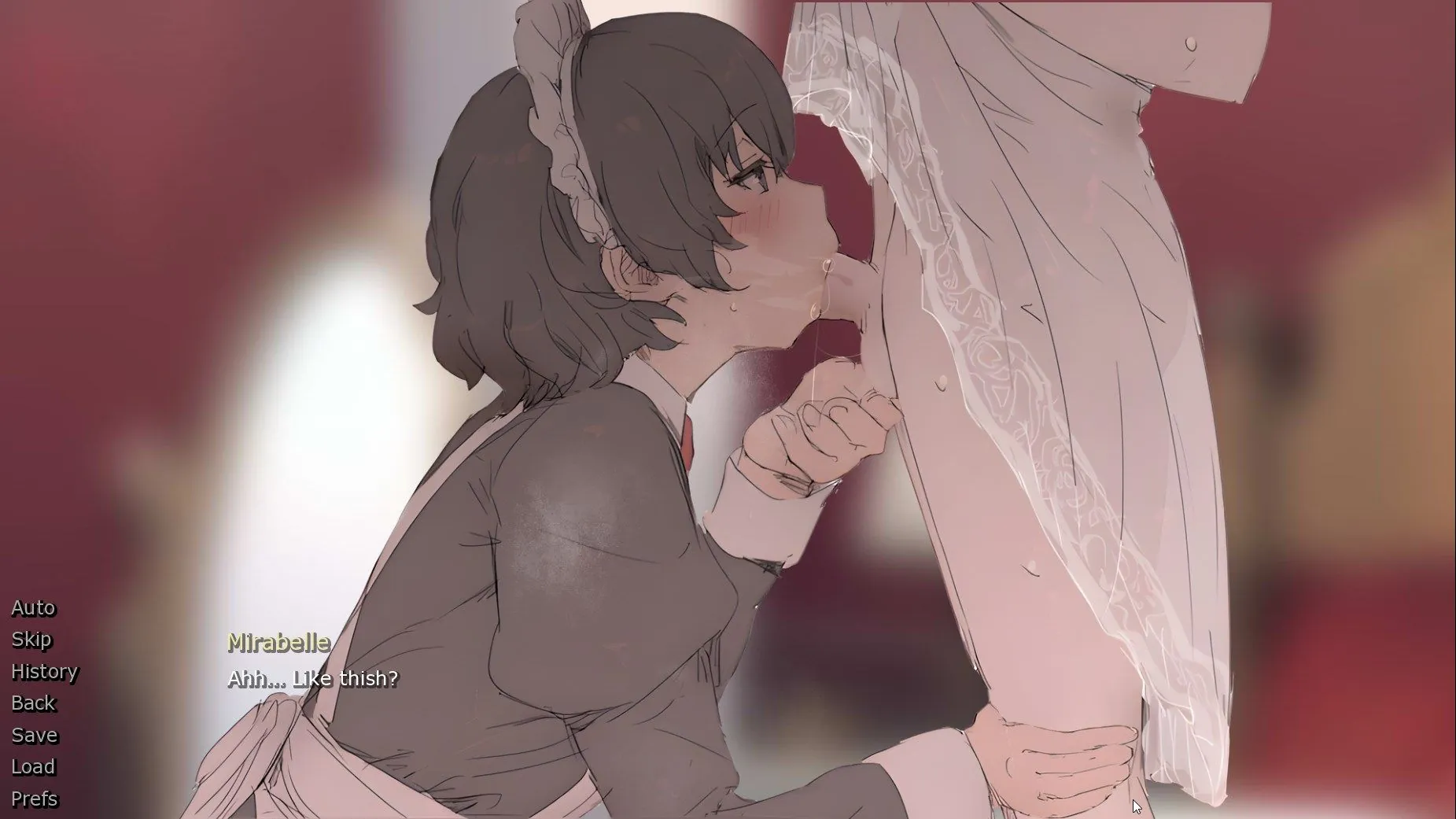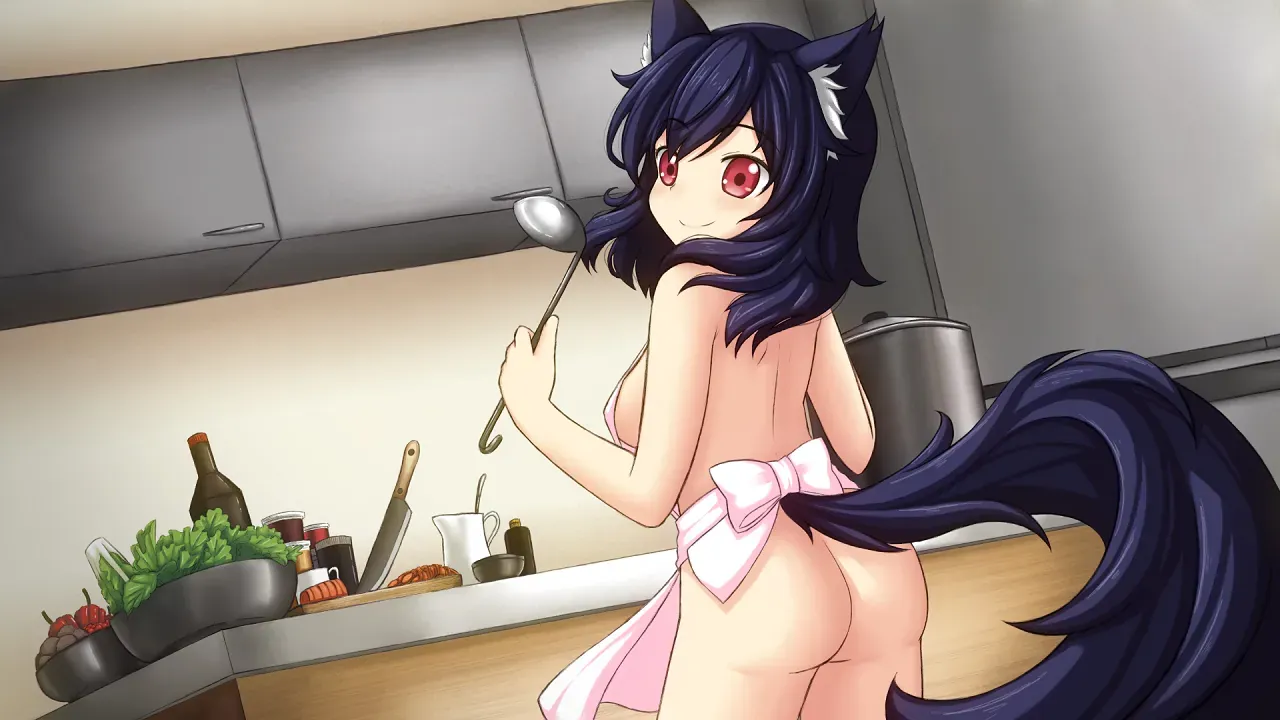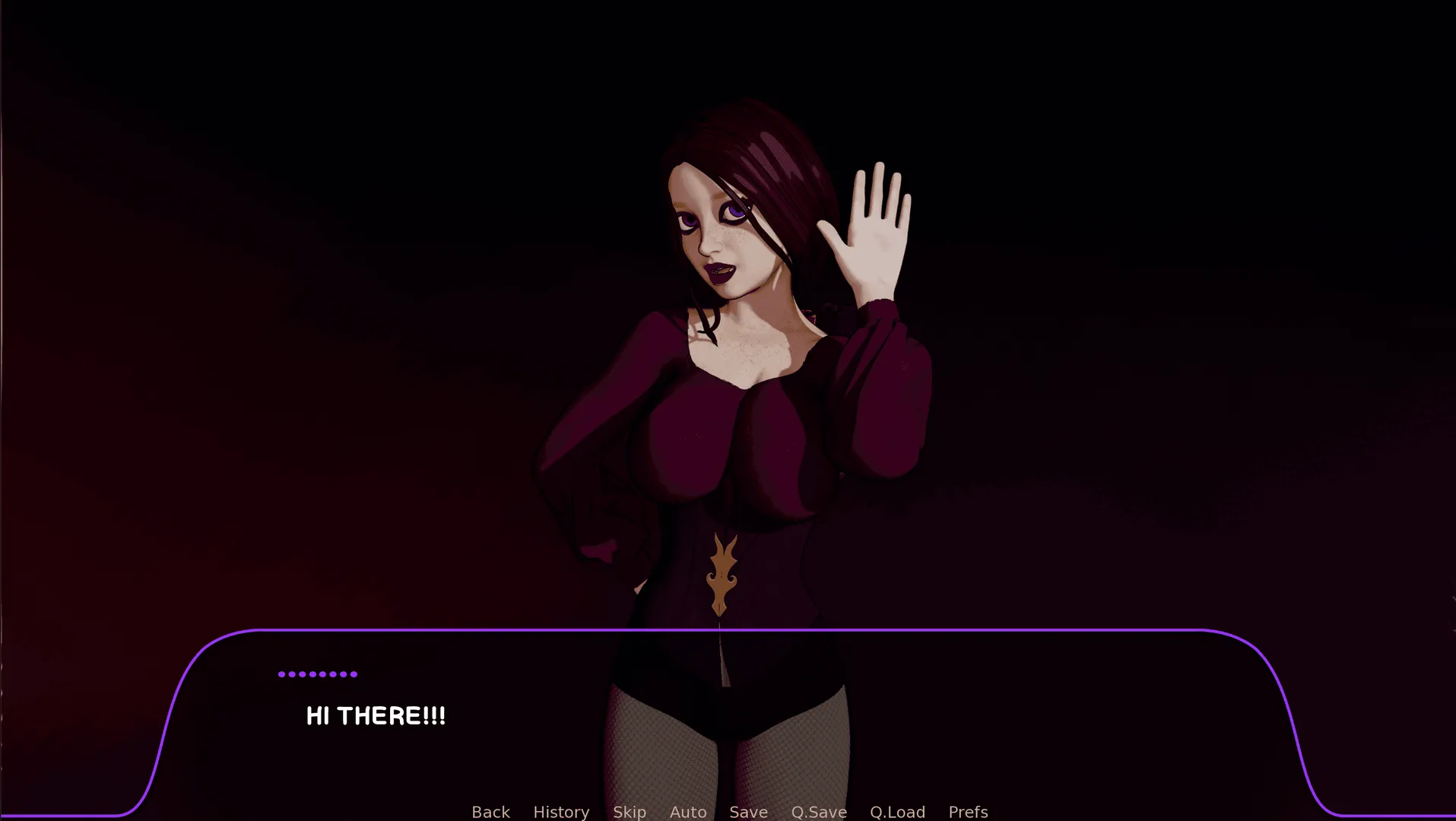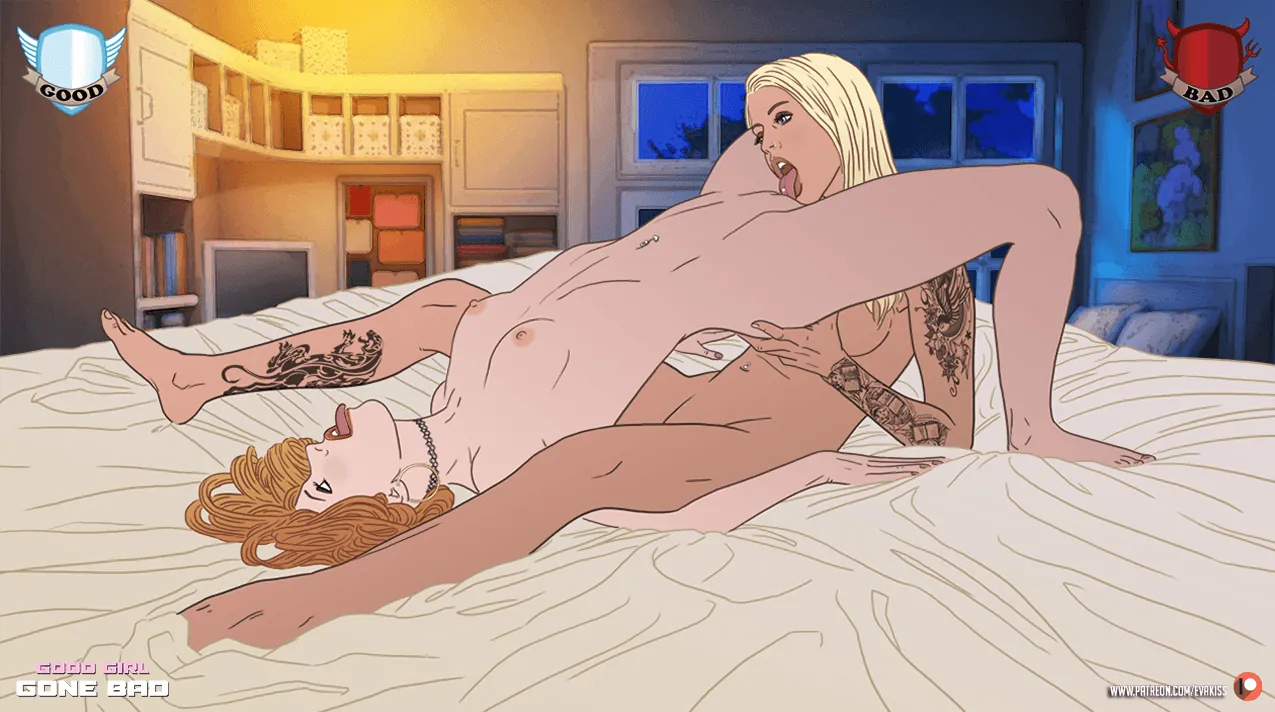
Good Girl Gone Bad
Play Good Girl Gone Bad
Good Girl Gone Bad review
Exploring the Dark Narrative and Mechanics of This Controversial Adult Game
The ‘Good Girl Gone Bad’ visual novel has sparked intense debate since its release, blending mature themes with branching storytelling. As players guide protagonist Eva through life-altering decisions, they confront complex moral dilemmas that challenge traditional gaming narratives. This analysis breaks down the game’s layered design while addressing common questions about its content and impact on the adult gaming genre.
Core Narrative Structure and Branching Paths
Moral Choice System Mechanics
Let’s cut to the chase: Good Girl Gone Bad isn’t here to coddle you. 🔥 Every decision feels like tossing a lit match into a room full of fireworks—you’re never quite sure what’ll explode first. The game’s moral choice system isn’t just about picking “nice” or “naughty.” It’s a web of 127 decision points that ripple through Eva’s life, transforming her relationships, career, and even her self-perception.
Take it from me—my first playthrough was a disaster. 🎮 I thought skipping one shady party invite wouldn’t matter. Wrong. By Act 3, Eva’s best friend ghosted her, and her boss treated her like a liability. The game tracks hidden loyalty scores for every character, and early “harmless” choices quietly stack the deck against you.
Here’s the kicker: 68% of players replay the game immediately after their first ending, according to dev logs. Why? Because the branching narrative design makes you need to see how differently things could’ve gone. Want proof? Check this out:
| Major Branch | Outcome Percentage | Average Playtime |
|---|---|---|
| Corporate Dominance Route | 22% | 9.2 hours |
| Rebellion Arc | 34% | 11.5 hours |
| Romantic Corruption Path | 44% | 8.7 hours |
Pro tip: Save often. The game’s autosave function is about as reliable as a chocolate teapot. 🍫☕
Character Transformation Arcs
Eva’s journey from timid intern to… well, whatever you make her is the ultimate power fantasy—or cautionary tale. 😈 The Eva character development system uses a dual-axis personality meter tracking her “Ambition” and “Empathy.” Push too hard in one direction, and she’ll snap.
In my “ruthless CEO” playthrough, Eva became a master manipulator, but lost her ability to trust anyone. Contrast that with my “reluctant rebel” route, where she retained her humor but struggled with guilt. The writing nails these shifts: her dialogue options, wardrobe, even her posture change based on your choices.
Fun fact: 83% of players reported feeling genuine guilt after certain story beats, according to a Steam forum poll. When Eva betrays her mentor for a promotion, the game doesn’t just show consequences—it makes you feel the weight of that betrayal through subtle details:
- Voice acting shifts: Her tone becomes colder, more detached
- Visual cues: Darker makeup, sharper outfits
- Music changes: Upbeat tracks are replaced by tense synth waves
And here’s where the adult visual novel gameplay shines: it’s not just about erotic scenes (though there’s plenty). It’s about watching Eva’s identity fracture and reform based on your values.
Ending Variations Analysis
Let’s talk about the good girl gone bad multiple endings—because holy heck, there are 14 distinct finales. 🎉 From becoming a corporate overlord to fleeing the country with a burner phone, your Act 1 choices lock in possibilities as early as the third chapter.
The most divisive ending? “Broken Wings”—where Eva loses everything but gains self-awareness. Forum debates rage about whether it’s “hopeful” or “bleak,” but that’s the point. The game forces you to sit with the version of Eva you created.
Here’s the wild part: 92% of endings are achievable without a walkthrough, but good luck guessing how. My advice? Embrace the chaos. The branching narrative design rewards curiosity. For example:
- Choosing to adopt a stray cat 🐈 in Act 1 unlocks a hidden ending where Eva leaves the city to run an animal shelter
- Skipping morning coffee three times? Congrats—Eva develops a pill addiction by Act 3
The stats don’t lie: routes with moral ambiguity have a 41% higher replay rate than purely “good” or “bad” paths. Players crave complexity, and Good Girl Gone Bad delivers by making every choice feel irreversible—even when it’s not.
So, ready to break Eva? 💔 Just remember: this isn’t a game you “win.” It’s a mirror held up to your worst impulses—and that’s what makes it unforgettable.
While controversial, ‘Good Girl Gone Bad’ pushes boundaries in interactive storytelling, forcing players to confront uncomfortable truths about agency and consequence. Its nuanced approach to character development sets a new standard for mature-themed games. For those interested in narrative experimentation, it offers an unforgettable experience that lingers long after credits roll.
